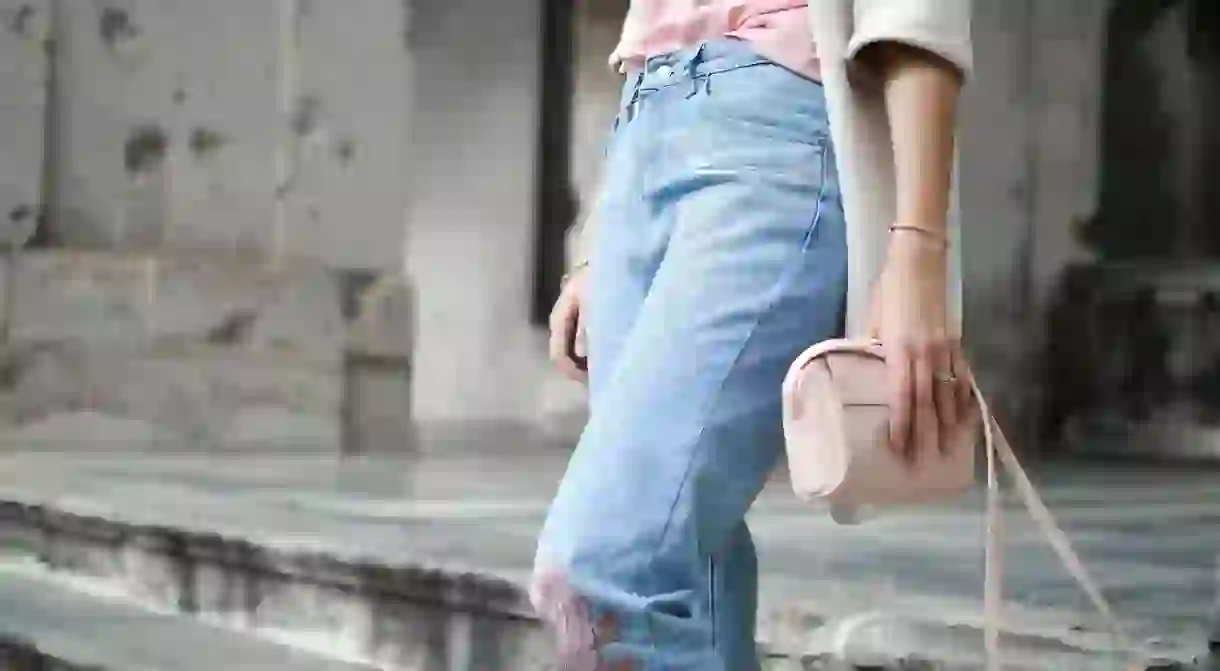This All-Female Start-Up Designs Revolutionary New Test for Women

Ladies around the world rejoice, because an all-female design team based in Philadelphia just introduced the world’s first eco-friendly, flushable pregnancy test. And the Food and Drugs Administration (FDA) cleared it.

Lia is a biodegradable, plant-based pregnancy test that eliminates the need for plastic and women everywhere are going crazy over the discrete design. It comes from a group of designers dedicated to “modernizing and humanizing reproductive health and wellness products,” and putting the environment first.
But is it accurate? It may be an environmentally conscious design, but it means nothing if it doesn’t work. According to Lia, the test is over 99% accurate. Their idea for a sustainable, single-use test made its debut at TechCrunch Disrupt Berlin’s Startup Battlefield earlier this month (December 5, 2017) and has since been cleared for production by the FDA. The design was also named a finalist during the TechCrunch competition, which is renowned for highlighting “revolutionary startups.”

“Pregnancy tests account for enough plastic waste to travel from Philadelphia to the Space Station and back seven times,” said co-founder and CPO of Lia, Anna Couturier Simpson in a statement.
“Lia is the only discreet pregnancy test made with zero glass fibers, batteries, plastic or nitrocellulose—elements found in nearly all single-use diagnostics available on the market today. Lia provides the only sustainable solution to date.”
Bethany Edwards, Lia’s CEO and co-founder, referred to the fact that the at-home pregnancy test has stayed the same for 30 years, as a “stiff, plastic relic highlighted in movies for its lack of privacy.”

“1987 brought us the first cell phone, the boombox, the Apple personal computer, and the at-home pregnancy test. They ushered in the era of portable, personal devices, changing the way we communicate and how we share news. It has been 30 years since 1987, and these revolutionary innovations have all advanced significantly—except for one: the at-home pregnancy test,” stated Ms. Edwards.
Some may wonder: why has the design virtually stayed the same for 30+ years for so many women’s products? Why has it taken so long for the design and science communities to re-consider better alternatives for products like the pill or sustainable sanitary napkins? Perhaps 2018 will see an attentive surge or upswing on how we view, use, and ultimately design these products.
Lia is expected to be available to consumers in mid-2018.
Want more design stories for women? Read our interview with Annie Leibovitz on “why women need to be visualized.”
SaveSave
SaveSave













